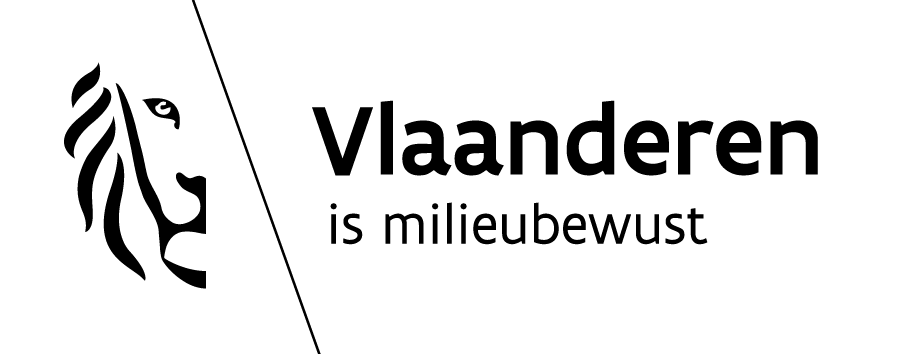DESCRIPTION

REMOVED COMPONENTS
- Water is removed as condensate after every compression and subsequent cooling stage.
FUNCTION IN CCU VALUE CHAIN
- The compression approach allows CO2 transportation at ambient temperatures.2
- Gaseous CO2 may be compressed up to 80 bar and then pumped to pressures up to 150 bar after cooling to obtain a supercritical liquid state.2
LIMITATIONS
- CO2 compressors are responsible for a large portion of the capital and operating cost of any CCS system.3
- They require expensive stainless steel construction to accommodate CO2 in the presence of water vapor.3
ENERGY
Electricity is consumed by the compressors and the dense CO2 pump.
CONSUMABLES
Cooling water is used to cool the CO2 stream after each compression stage. It is generally recycled and not consumed.
| Parameter | Value |
|---|---|
| Electricity (kWh/tCO2) | 854 - 952* |
| Cooling water (t/tCO2) | 13.74 - 14.42** |
|
1*Compression from 1.5 bar to 110 bar on a wet basis. Influenced by the impurities present. 1**Calculated |
|
COSTS
The cost of CO2 compression can vary significantly depending upon the feed and output pressures, which require different numbers of compression stages, often contributing to a significant portion of the overall cost of carbon capture and storage (CCS) systems. The cost for compression up to 110 bar (supercritical) ranges from €13 – €15 per tonne CO2, depending on the CO2 concentration of captured CO2 (93 vol.% vs 97 vol.%) and annual capture capacity (4 vs 1 MtCO2/yr).5 Other sources report the cost to be in the range of €96 - €12* per tonne CO2.
*CAPTIN project: 1.67 MtCO2/yr
TECHNOLOGY PROVIDERS
- CO2 compressors by Atlas Copco, Sweden.
- CO2 compression systems by Linde, Ireland.
- CO2 compression systems by Baker Hughes, USA.
- CO2 compressors by MAN Energy Solutions, Germany.
- CO2 compressors by Siemens-Energy, Germany.
ALTERNATIVE TECHNOLOGIES
Liquefaction: CO2 is first compressed to lower pressures (7-15 bar) and then liquefied for transportation. It requires a refrigeration system and is more suitable for ship transport.
CONTACT INFO
Mohammed Khan (mohammednazeer.khan@vito.be)
Miet Van Dael (miet.vandael@vito.be)
ACKNOWLEDGEMENT
This infosheet was prepared as part of the MAP-IT CCU project funded by VLAIO (grant no. HBC.2023.0544).
REFERENCES
1. Dlamini G, Remiezowicz E, Ness K, et al. Carbon dioxide conditioning pathways for pipeline transport. In: International Conference on Greenhouse Gas Control Technologies, GHGT-16. ; 2022:7.
2. Anantharaman R, Bolland O, Booth N, et al. DECARBit: European Best Practice Guidelines for Assessment of CO2 Capture Technologies. Norwegian University of Science and Technology; 2011. Accessed November 3, 2018. https://www.sintef.no/globalassets/project/decarbit/d-1-4-3_euro_bp_guid_for_ass_co2_cap_tech_280211.pdf
3. Powermag. Capturing CO2: Gas Compression vs. Liquefaction. June 1, 2009. Accessed October 29, 2024. https://www.powermag.com/capturing-co2-gas-compression-vs-liquefaction/
4. Bilsbak V. Conditioning of CO2 Coming from a CO2 Capture Process for Transport and Storage Purposes. Norwegian University of Science and Technology; 2009. http://www.diva-portal.org/smash/get/diva2:348870/FULLTEXT01.pdf
5. Abbas Z, Mezher T, Abu-Zahra MRM. CO2 purification. Part II: Techno-economic evaluation of oxygen and water deep removal processes. Int J Greenh Gas Control. 2013;16:335-341.
6. ZEP. The cost of subsurface storage of CO2. February 3, 2020. Accessed October 29, 2024. https://zeroemissionsplatform.eu/co2-storage-cost/

